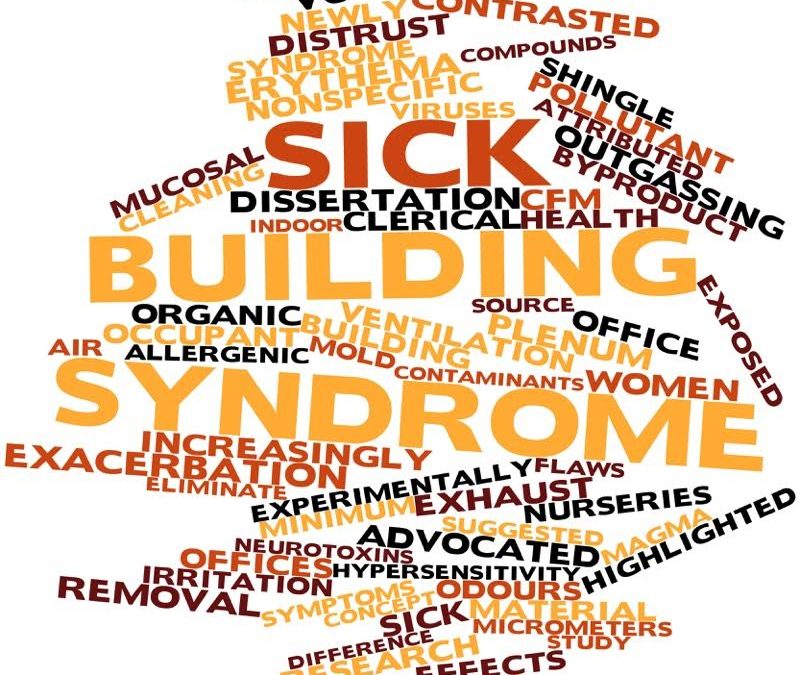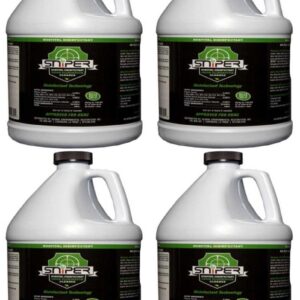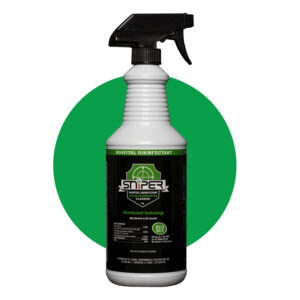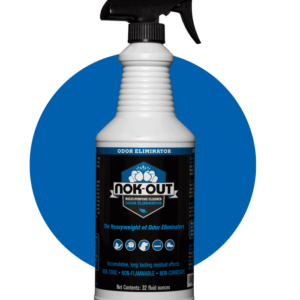Modern buildings are amazingly energy efficient and are awesome at keeping your HVAC bills low. But for some buildings, there is a decidedly negative side effect. These homes and buildings are so tightly sealed that in some cases, the ventilation does not allow noxious substances to escape. These toxic substances can build up and accumulate and over time, this build-up can result in what has become known as “Sick Building Syndrome”. SBS symptoms first began to be reported in the 1970’s when some people – not all – experienced allergy-like reactions, headaches and other symptoms from non-specific causes that disappeared when they left the building. Symptoms include nausea, dizziness, irritation of the nose, throat and mucous membranes. SBS is a result of indoor air pollution, but this problem can be remedied.
Since the symptoms disappeared upon leaving the building, the issue became know as Sick Building Syndrome.
Sick Building Syndrome
According to the “home air purifier expert” there are four main sources of indoor air pollution that contribute to SBS:
- Biological air pollutants
- Volatile Organic Compounds (VOC’s)
- Combustion pollutants
- Heavy Metals
Biological Air Pollutants are, as the name suggests, come from biological growths and are a frequent source of allergens. If you suffer from allergies, it is likely that this is a source of much misery. This category can include the toxic black mold which grows when there is moisture damage or high indoor humidity.
But this category includes much more than just mold, mildew and fungal infections. There are also other biological sources including dust mites, pet and people dander (skin cells that have been sloughed off), pollen, viruses, and bacteria. A reputedly potent source of indoor allergens is insect body parts. Yech!
Biologicals may be the most common household sources of toxicosis (from black molds), infections of body tissues, and can result in a hypersensitivities.
Volatile Organic Compounds
These are ‘organic chemicals’ that release vapors at ordinary room temperatures. Wikipedia tells us that, “VOCs are numerous, varied, and ubiquitous. They include both human-made and naturally occurring chemical compounds.” Some sources of information on VOC’s assert that there are more than 400 different chemicals in this category. The EPA has prepared a list of hazardous air pollutants here: https://www3.epa.gov/airtoxics/187polls.html. There is another list that is perhaps easier to read here: http://www.home-air-purifier-expert.com/household-products.html.
VOC sources can include newly manufactured products such as a new mattress, a stove, painted items. But there are MANY other sources including household cleaning chemicals, personal hygiene products such as nail polish and nail polish remover, glues, furniture polishes, paints. Even the fragrances in the products we enjoy are often not safe. Tobacco smoke has an astonishing list of VOC’s and is a potent source of indoor air pollution. This list could go on and on and on.
Lesser- known pollutants
Combustion pollutants include Carbon monoxide, sulphur dioxide and nitrogen dioxide. These gasses are the byproducts resulting from combustion in heaters or gas fired appliances that are not then vented outside properly or sufficiently.
Heavy Metals are not as common an indoor pollutant as they used to be. Lead in paint, for example, has mostly been discontinued. It is not commonly known, but paint also used to contain mercury. Other sources of mercury are fluorescent tubes – which contain a small amount and nowadays, CFL bulbs.
In this day and age, we have clearly mastered our world. We enjoy a standard of living that would have astonished our ancestors of a mere 200 years ago and we enjoy a comfort level that was unattainable even a few generations ago. But with this high living standard, we have also brought a concentration of toxins into our homes that also would not have been possible in our yester-years.
For most of us, this level of toxicity in our home environment is unlikely to result in sickness and the cleanliness of our homes does result in a healthier environment that allows us to live longer and more happily. But some people develop more or less vague sickness as accumulations of toxins build up in our tissues and this can result in chemical sensitivities that can really affect lives. These people may suffer from “Multiple chemical sensitivity (MCS). For more information on this, see https://en.wikipedia.org/wiki/Multiple_chemical_sensitivities.
The next installment of this topic will begin to address what we can do to protect ourselves.
Online resources for more information
- http://www.home-air-purifier-expert.com/sick-building-syndrome.html#pollutionsources
- https://en.wikipedia.org/wiki/Sick_building_syndrome
- https://en.wikipedia.org/wiki/Multiple_chemical_sensitivity
- https://www.epa.gov/indoor-air-quality-iaq/guide-air-cleaners-home
- http://www.ncbi.nlm.nih.gov/pmc/articles/PMC2796751/
- http://www.home-air-purifier-expert.com/biological-pollutants.html
- https://www.epa.gov/learn-issues/learn-about-air





